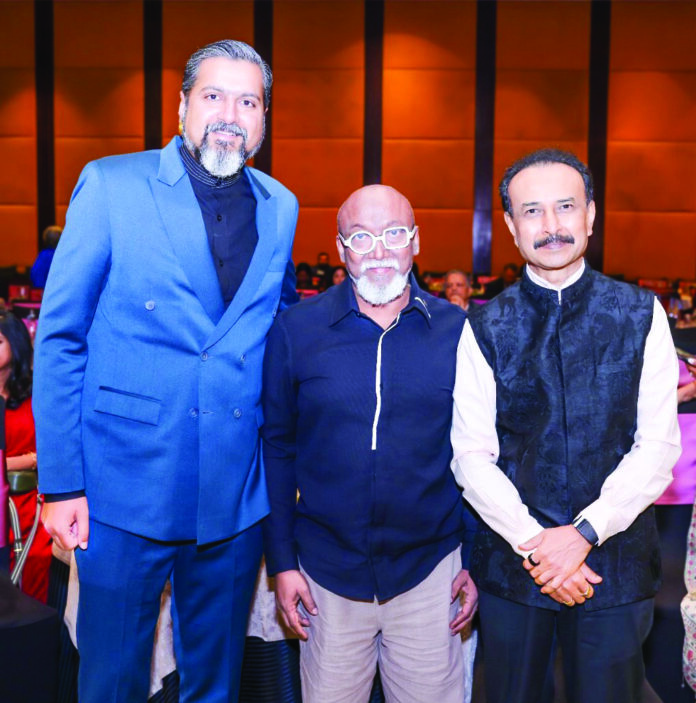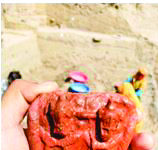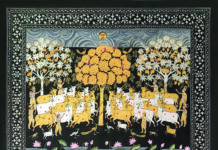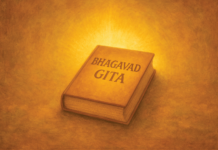
From fierce IPS officer to nurturing art patron, Jija Hari Singh’s journey reflects resilience, reinvention, and a passion for community.
“Let’s catch up for a heart-to-heart, just the two of us, like the old days,” Jija Hari Singh told me after her major triumph in finding land and funding for an art village. The old days were when we used to meet on the corner of MG Road, midway between the offices of the DCP Traffic and a leading local daily—Jija Hari Singh, IPS (the first woman police officer from South India) and I, a newly-minted crime reporter (the first woman to hold the post full-time in an English daily in Bengaluru). She was scrawny yet stern in khaki, and the two of us chatting made for a sight that drew many curious glances.
Now I find her calm, mellow and settled in stature as an art patron. There are no rough edges, nothing to prove. I have seen this side of her evolve over the last decade when we collaborated for some art events. I asked how she’s transformed her life from tough-talking, lathi-wielding cop to a leading light in the arts community. It was her husband’s comment on her 59th birthday that set everything in motion. After her staff had gone home, Subir, her IAS officer husband, remarked, “Thank God, 365 days more and we’ll be free of all these people.” Jija was upset. They weren’t burdens, she told him – they were the people who supported them, cooked for them, looked after them. But then something clicked. 365 days. She had exactly one year to figure out what came next.
As one of the first women to join the Indian police service, Jija had worked harder than her male colleagues. She also held many posts on deputation to other departments before retiring as the Director General of Police, Homeguards, Fire, and Emergency Services of Karnataka. When retirement loomed, Jija knew she didn’t want another job and baffled the Chief Minister by declining any post-retirement position. “What are you planning to do?” he asked. “No plans at all. I just want to relax for a while. I have had a very tough life. I had to work three times harder or five times harder to establish myself, and for all the people who would join the service after me. I did that very sincerely, sacrificing personal life, family life at times, and happiness. When I joined the service, I was 24 and Bharat Mata was just 25. I’ve been part of the country’s progress. I’m also partly responsible for all its ills and all the good. Now I want to see what life is like today for a woman of my stature and circumstances outside the service.”
Being a cop for thirty-five years had made her judgmental, and she decided to unlearn it. She enrolled in locally conducted motivational author Louise Hay’s courses, such as ‘Getting in Touch with the Child in You’ and ‘How to Feel Comfortable in a Crowd.’ In response to my surprised look, she said, “I only handled the crowd with a lathi. And I was always powerful as the top boss. Wherever I was, and wherever I spoke, people looked at me differently because of my position. I wanted to dismantle all that consciously and deconstruct my mental framework. I wanted the freshness of a new life for myself.”
She turned to art promotion as she had already been painting and writing poetry. Her foray began in 1999 while channel-surfing in her Delhi home. She came across heartbreaking footage of a frail 17-year-old, full-term pregnant, receiving her husband’s coffin. “I was thinking of the shattered dreams of that young girl, the shattered future of that unborn child.” She wanted to send ₹50,000 to the Kargil widow fund, but she only had ₹25,000 in her salary.
So she dug out all her old paintings from boxes and organised an exhibition. The National Gallery of Modern Art sent experts to price them, and Jija, eager to sell, knocked 20 per cent off their estimates. Fifty-three paintings sold in two days. Some paintings were so popular that Jija called the first buyers: “Would you mind if I sell this to someone else? I’ll make another painting for you!”. She raised ten times her monthly salary for the cause.
Word spread quickly through Delhi›s art circles, and artists started showing up at her door with sob stories and paintings as collateral. She started curating shows for artists at the India Habitat Centre, which had just opened and was eager for programming. Soon she was presenting everyone from famous dancers to emerging artists. She pioneered India›s first artist residency program, hosting 10 MFA graduates on her three-acre lawn for week-long camps. These efforts grew into the Art Mantram Foundation and continued when she moved back to Bengaluru.
The foundation organised over five hundred events to support artists, from poetry festivals to gala dinners. Until it hit her that if it had to outlast her, it had to change from an event-based organisation. Jija had long dreamt of an art village with educational institutions, artist residencies, and accommodation for ageing artists. An initial attempt to root it in Bandipur wasn’t successful. Enter Prashanth Prakash, venture capitalist and Bengaluru’s fairy godfather, who was impressed with Jija’s efforts in sourcing bulls from across Karnataka for the launch of his BLR Hubba.
During a phone conversation, Jija mentioned her struggling search for affordable land near Bengaluru for the art village. Prashanth asked if she could work with just one acre on the fringe of the city. She could go vertical instead of sprawling out. «How much would it cost?” she asked nervously. «Jija, this is my contribution to your dream.» He offered an unbelievably generous lease of ₹1,000 per month for 30 years; Prashanth’s wife, Amitha, also joined the board of DrishyAM Art Village, bringing to it her experience as the founder and chair of an educational institution.
A black tie art auction at the Ritz-Carlton was a confluence of the many communities that Jija diligently taps into – assiduously built up a cadre of committed volunteer Art Mantram members, a powerful IAS and IPS fraternity, and eager Rotarians. Overlay that with the hugely supportive venture capital and startup network that Prashanth Prakash has brought in. I could see the solid foundation for India’s art community that Jija has managed to put together. Credibility and community building are key. “Whoever talks to me can see how I am working. After 25 years, the Foundation only has one paid employee”, she told me. And I left reflecting that while her journey from top cop to nurturer of a creative community seems dramatic, it was completely natural.
* Sandhya Mendonca, author, biographer, and publisher at Raintree Media, offers a distinct female gaze of the world in this column.







